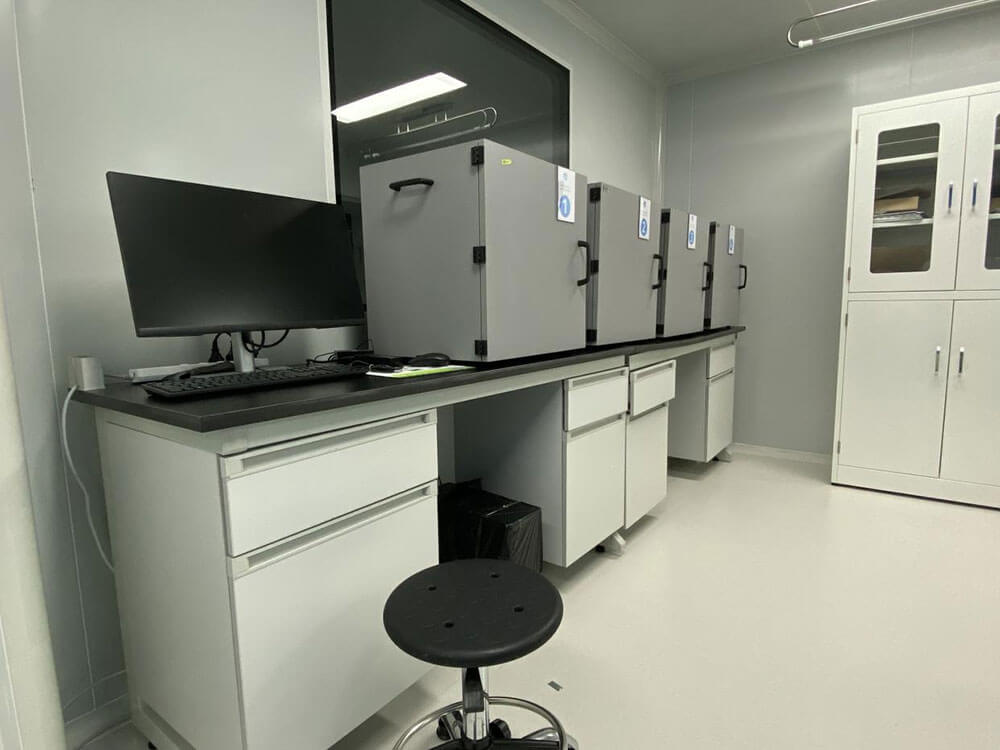- E-mail:bd@braincase.cn
- Tel:+86 18971216876
Animal ethology experiments are an important means in neuroscience research. Through ethology experiments, comprehensive evaluation of animal models' learning and memory, mental emotions, movement coordination and other aspects can help researchers explore complex aspects such as cognition, emotion and movement. life phenomena. Rats and mice are commonly used animal models in neurobehavioral research. After years of preparation, the Brinkes team has built a rat and mouse neurobehavioral platform. It has professional behavioral experimental equipment and recording and analysis systems, and can provide water maze, Y maze, T Maze, open field, three-box social interaction, tail suspension experiment, elevated plus maze and other types of behavioral experiment services for rats and mice.
The water maze experiment is an experiment that uses the water-averse nature of animals to force them to find a hidden platform in the water on which they can stand. And through statistical analysis of the time it takes for mice to find the platform, the animal's memory ability for spatial location and direction is judged.
The water maze is widely used in research related to learning and memory, Alzheimer's disease, hippocampus, etc., involving intelligence and aging, cognitive drug development/screening/evaluation, pharmacology, toxicology, preventive medicine and other neurological diseases and neuroscience related research fields. It is the most recognized classic experiment in learning and memory research.
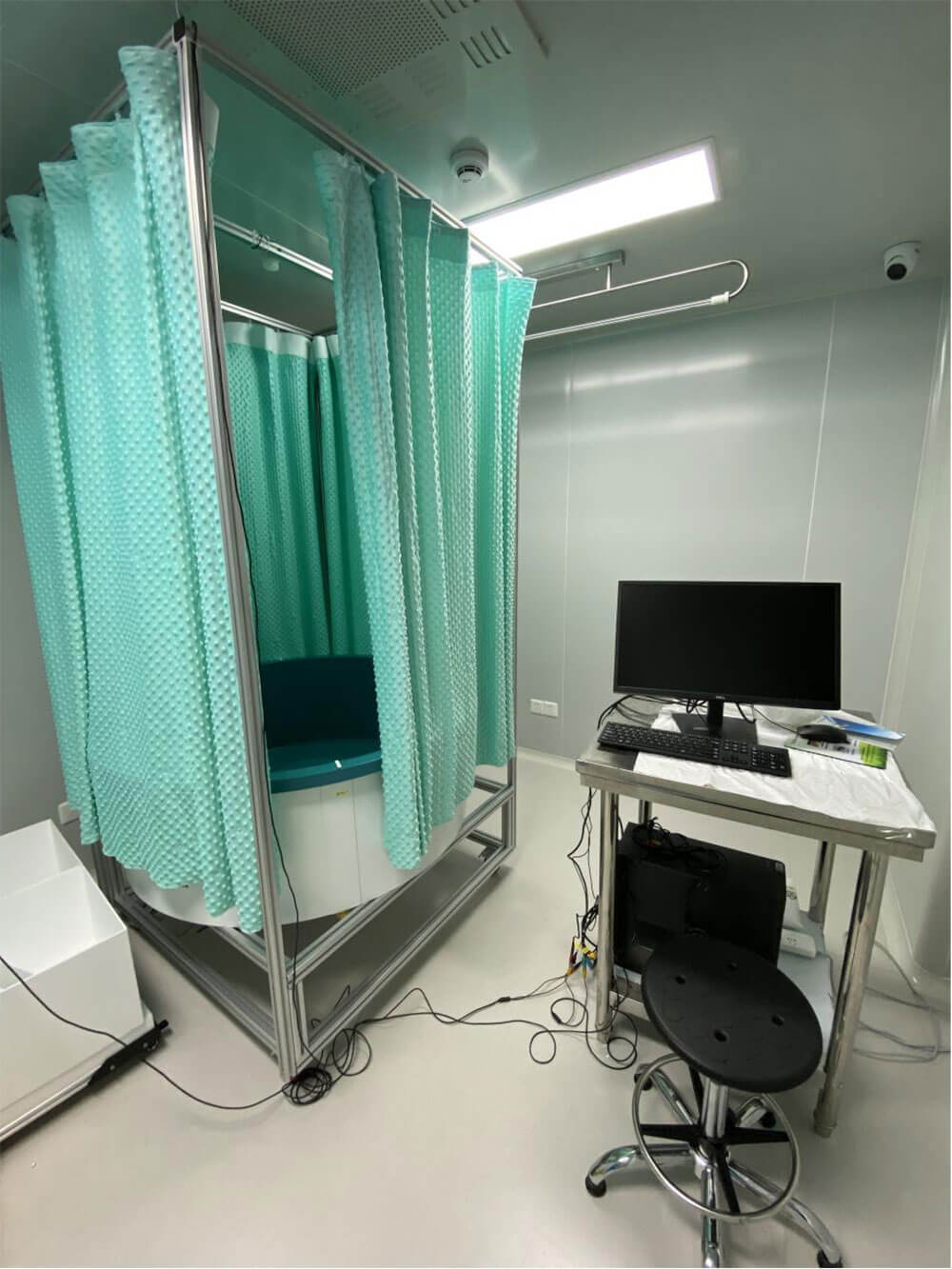
The Y maze is mainly used to test the discriminative learning, working memory and reference memory of animals. The Y-maze consists of three identical arms. There is a food providing device at the end of each arm. According to the analysis of the animal's feeding strategy, that is, the number of times entering each arm, time, number of correct times, number of wrong times, routes and other parameters can reflect the animal's spatial memory ability. Relatively speaking, the Y maze is simple and feasible. It is simpler than the eight-arm maze and has certain practicality. It is now commonly used to evaluate learning and memory functions.
Y maze test includes spontaneous alternation test and recognition memory test. These tests have been shown to be sensitive to hippocampal damage, genetic manipulation, and amnestic drugs. It is mainly used to test the discriminative learning, working memory and reference memory of animals.
The T-shaped maze test has become one of the commonly used animal models for evaluating spatial memory. This model is usually used to study the animal's spatial working memory (spatial working memory), that is, to determine the information that the animal is only useful during the current operation. The T-maze is a classic behavioral method to detect spatial working memory in rodents and is related to the function of the prefrontal cortex.
The T maze is mainly used to test the learning and memory abilities of experimental animals in response to food rewards and the sense of spatial position and direction (spatial orientation). It is widely used in learning and memory, hippocampus/external hippocampus research, intelligence and aging, and new drug development/screening/evaluation. , pharmacology, preventive medicine, neurobiology, animal psychology and behavioral biology and other fields of scientific research and computer-assisted teaching,
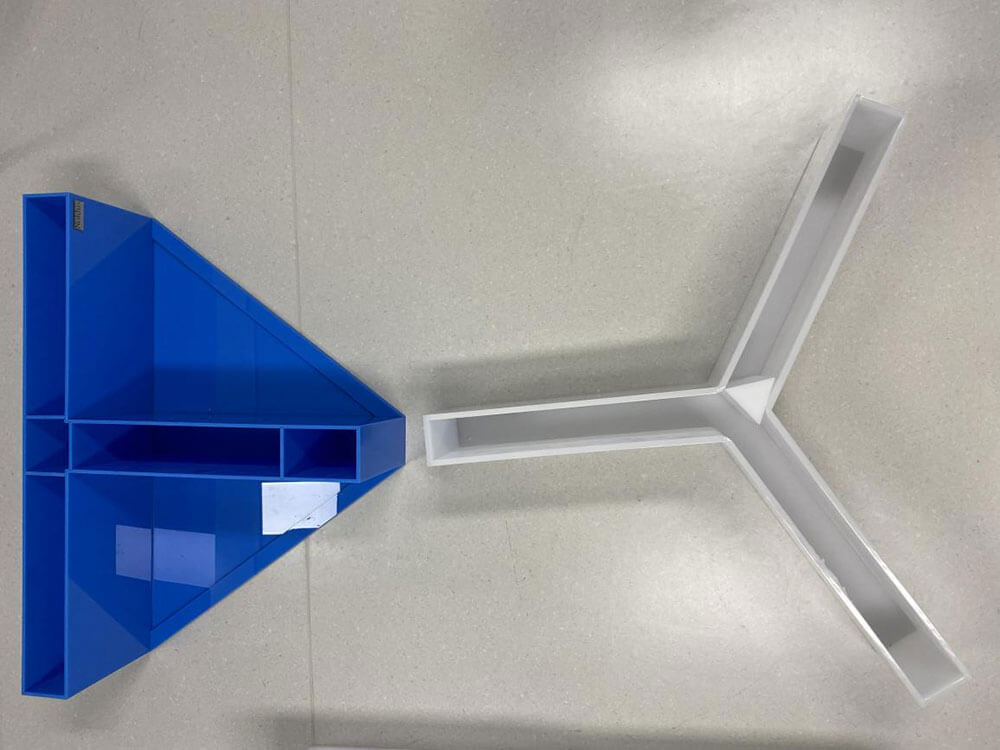
The open field test (OFT) is a commonly used animal behavior experiment. OFT can detect the loco-motor activity and exploratory behavior of rats or mice. It is a method to evaluate the autonomous behavior, exploratory behavior and tension of animals in novel environments.
Open field test is to observe and study the neuropsychiatric changes of animals and various behaviors after entering an open environment. A single experiment can quantitatively evaluate an animal's spontaneous activities, exploratory behavior, and anxiety and depression states, and has been widely used in drug research and development.
The Three-Box Social Interaction Test (TBSIT) is an experimental method used to study animal social behavior, usually used to study mice. The experiment mainly observes the activities of experimental animals between three boxes to understand their social interest and social ability towards strange animals.
Three-chamber Sociability is a widely used test developed by Crawley in 2004 as a new method to investigate social abilities and novel social preferences in models of autism spectrum disorder. Later, more and more scientific researchers used three-box socialization to study neuropsychiatric disorders and transgenic rodent models. Three-box socialization is an effective tool for translating social deficits caused by human neuropsychiatric disorders into successful animal models, helping to study and investigate social deficits and develop effective treatments.
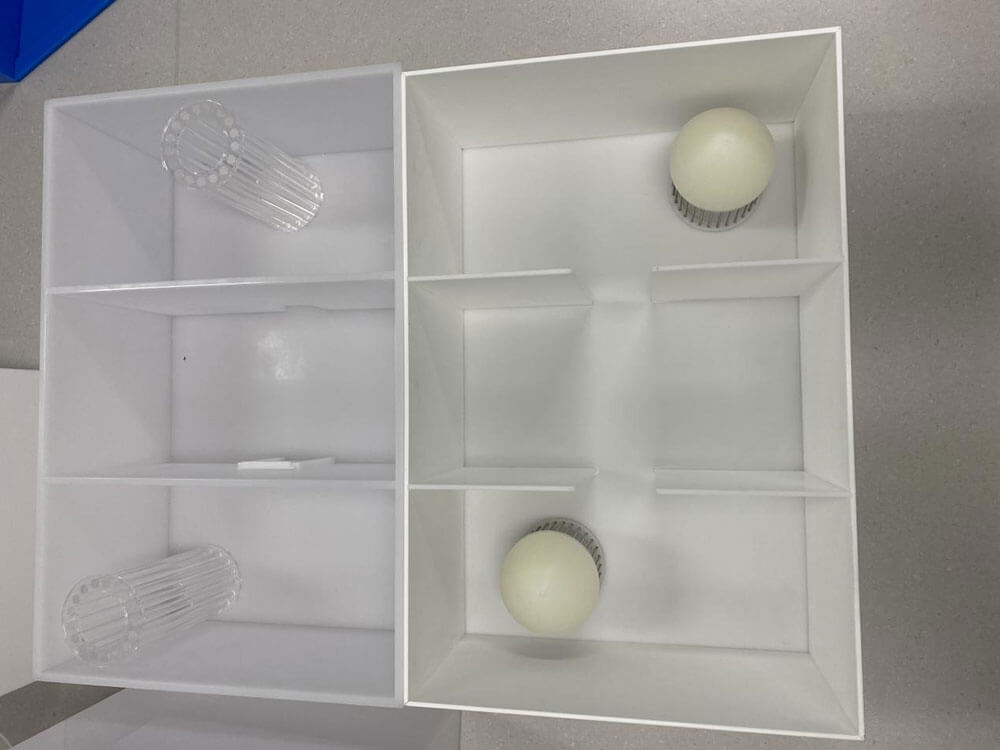
Tail suspension test (TST) is a classic and quick way to evaluate the efficacy of antidepressants, stimulants, and sedatives. The principle is to use mice to try to escape after hanging their tails but are unable to escape, so as to give up the struggle and enter a unique depressive immobile state. During the experiment, the immobility time of the animals is recorded to reflect the depressive state. Antidepressant drugs and stimulant drugs can obviously Shorten changes its status.
The tail suspension test is ideal for measuring acute depression. Various types of antidepressants, such as tricyclics, selective serotonin reuptake inhibitors (SSRIs) and monoamine oxidase inhibitors (MAOIs), psychostimulants, neuroleptics, anxiolytics, etc., have been used. The tail test was tested. The model is as reliable as the forced swimming model and occupies an irreplaceable position in the evaluation system of drugs such as depression.
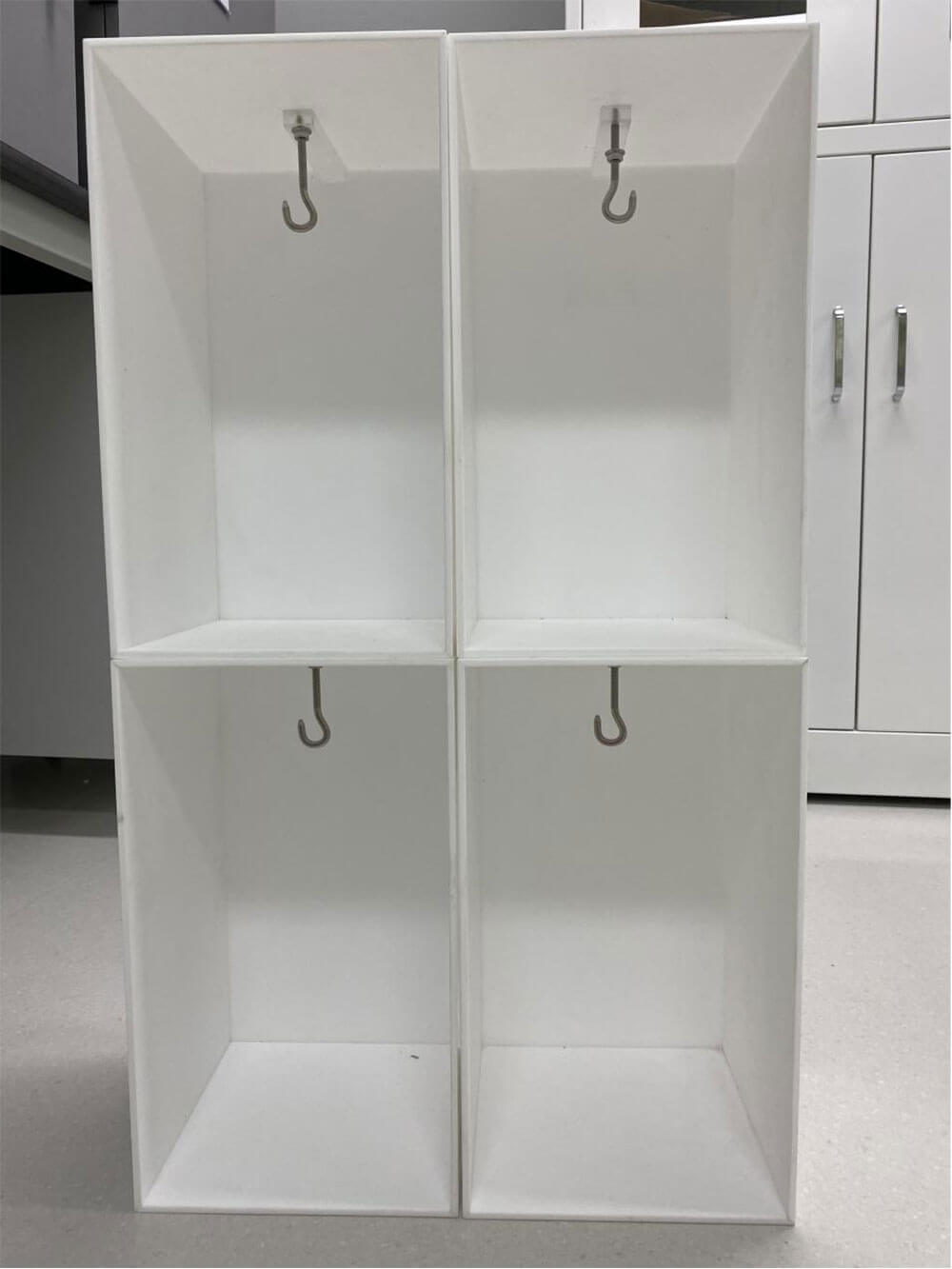
The elevated plus maze uses the animal's exploration characteristics of new environments and the fear of high hanging open arms to form conflicting behaviors to examine the animal's anxiety state. The elevated plus maze has a pair of open arms and a pair of closed arms. The elevated plus maze is high from the ground, which is equivalent to a person standing on a cliff, causing fear and uneasiness in the experimental subjects. The elevated plus maze is widely used in related new drug development.
The elevated plus maze is widely used in the development of new drugs, as well as in scientific research and computer-assisted teaching in pharmacology, toxicology, preventive medicine, neurobiology, animal psychology, etc. It is an ideal tool for medical schools and scientific research institutions to carry out anxiety and depression research A classic experiment in disease research.
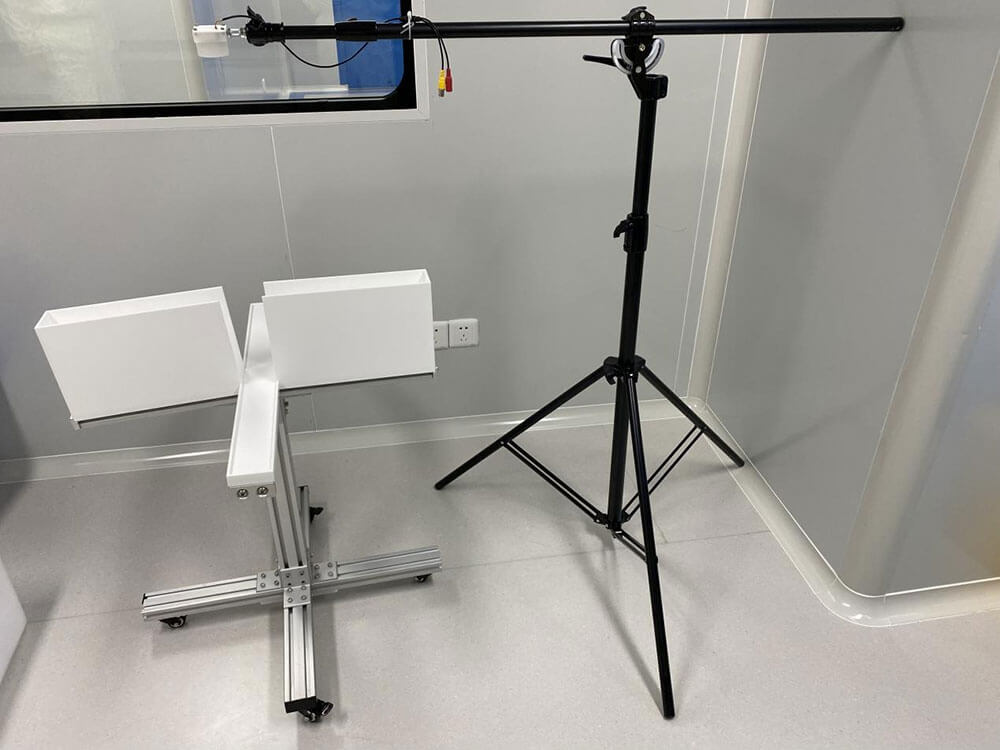
Conditioned fear experiment (Fear Conditioning) is a commonly used behavioral testing paradigm used to study the conditioned fear response of animals to specific stimuli. This experiment can form long-lasting emotional memories in the brains of mice by associating a neutral stimulus with an unpleasant stimulus.
The fear conditioning experiment is a behavioral testing method used to study the learning and memory abilities of animals, especially for studying fear memory and situational memory. This experiment is often used to test the effects of a drug or to study the impact of specific brain regions on fear responses.
